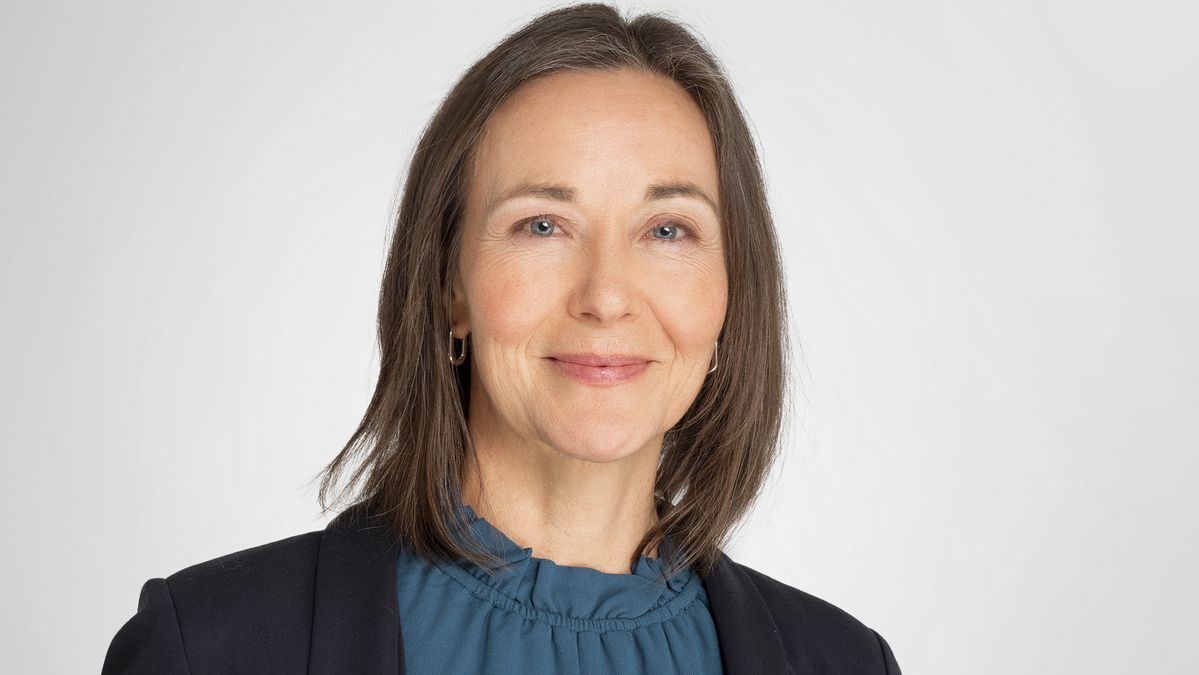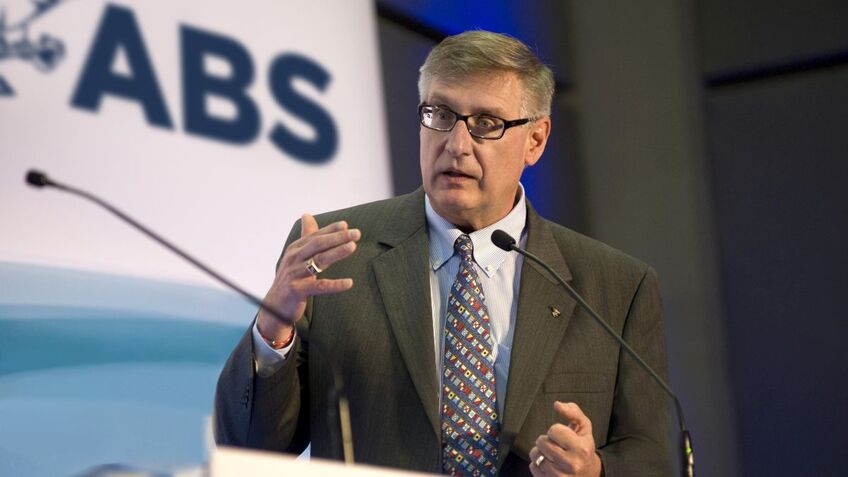Business Sectors
Events
Contents
Register to read more articles.
Fast tracking Altera's return to significant offshore business
Norton Rose Fulbright partner Eleanor Martin on how Altera turned the page on the Chapter 11 process in five short months
Altera Infrastructure LP and its subsidiaries are leading suppliers of infrastructure assets to the offshore energy industry. In five short months, the entities emerged from the Chapter 11 process. Not only did the restructuring allow Altera Infrastructure LP to reduce its overall debt load and improve its balance sheet, it paved the way for the bareboat charter of Equinor UK Ltd’s FPSO Petrojarl Knarr, generating significant cash flows and value to its business. In this exclusive interview with Offshore Support Journal (OSJ), Norton Rose Fulbright partner Eleanor Martin shares the inside track on what went into this fast-tracked company reorganisation and the implications for the industry at large.
OSJ: Is this deal a landmark transaction in the offshore oil and gas industry, and if so, what makes it unique?
Eleanor Martin (EM): The deal involved a full restructuring of approximately US$2Bn of debt of a large international offshore service vessel group and was completed in less than a year, with only five months in the Chapter 11 process. It was a complex process with many stakeholders. At the time of filing in the US courts, the company had secured a restructuring support agreement with a vast majority of its funded debt obligations. This is a short timescale given the complexity and the divergent stakeholder groups involved.
OSJ: Are there any other companies in the industry that have undertaken a similar restructuring process and successfully emerged from Chapter 11 in a short period of time?
EM: There are certainly other offshore service vessel companies that have gone through a Chapter 11 restructuring process, some for the second time round, but it is usual for these proceedings to take a longer period of time.
OSJ: Does the deal signal a broader trend in the industry towards restructuring and upgrading existing assets rather than building new ones?
EM: There is a general move towards assessing whether existing assets can be upgraded and re-used, from both an environmental and financial viewpoint. It will clearly depend on the asset in question and its potential project use. Given delays in newbuild constructions as a result of Covid-19, supply chain and inflationary pressures, there may be a further move away from newbuilds in certain markets. The Knarr FPSO is the first FPSO being upgraded ready for electrification and therefore could represent a turning point for the industry.
OSJ: How will the deal impact the company’s competitive position in the offshore oil and gas industry, and will it provide a sustainable advantage over its competitors?
EM: As energy security has become an increasing focus, we are starting to see previously shelved developments in the oil and gas industry become more of a focus. As an offshore service company, having the balance sheet in order and being ready to do new business is key to being able to tender effectively for these new major projects.
OSJ: Can you discuss any key lessons learned from this deal that could be applied to future transactions in the industry?
EM: One of the key elements was ensuring our clients, being the majority of the secured lenders, were effectively using their collective bargaining power to protect their position. This was managed through a co-ordinating committee, which included two export credit agencies, which led the negotiations to agree a restructuring support agreement with the company, prior to the filing for Chapter 11 proceedings. This was a very powerful way to secure the deal which the secured lenders were able to accept.
OSJ: What were the biggest challenges and obstacles faced during the restructuring process, and how were they overcome?
EM: The unsecured bondholders raised a number of objections to the restructuring plan put forward by the company, and challenged certain actions the company has taken in the past. A mediation process was then formulated, where the other Judge in the same Circuit acted as mediator to find a resolution to the objections. This took place over a few days and resulted in the bondholders and the company reaching commercial agreement, which was then included in the restructuring plan. This was a very effective way to avoid a protracted period of litigation which would have delayed the company’s emergence from Chapter 11 and therefore significantly increased costs and risk for all involved.
OSJ: In retrospect, were there any decisions made during the process that could have been improved, and if so, what would have been done differently?
EM: It’s not always easy during a restructuring process, particularly when there are a large number of stakeholders, each with differing positions and interests. We spent a great deal of time designing a structure with the company and the co-ordinating committee to give the company sufficient flexibility to run its business and the secured lenders certain protections over future cash flow. This was included in the restructuring plan approved by the Court, but then needed to be fleshed out in full documentation. This meant we had created a bespoke structure, with unique documentation and no precedent, so there was a great deal of negotiation on that front. That said, this is one of the important elements of the structure, so it was essential to make sure we got it right for all stakeholders and the company.
OSJ: How did the company balance the interests of different stakeholders during the restructuring, and what lessons were learned from this process?
EM: In most restructurings, a company will look to negotiate with each of its stakeholder groups individually, and in a Chapter 11 process this is particularly important to assess in light of voting classes. Creditors are divided into different classes and are able to vote in each class and influence whether the restructuring plan is approved or not. A strategic approach to different stakeholder groups was important, but there was a key recognition that the secured lenders together held a significant portion of the debt. The secured lenders were organised through the co-ordinating committee and were able to use their collective bargaining power, which meant they were faster to come to the table and secure a deal with the company, which was filed with the Court when the company entered into Chapter 11 proceedings. This early organisation enabled the secured lenders to protect their position much more effectively.
OSJ: What risks and uncertainties were identified in the decision-making process, and how were they addressed?
EM: The company’s secured debt structure meant each facility was structured slightly differently, with different secured assets and a separate security package. This meant each set of lenders needed to agree to the plan taking into account how it affected their individual facility. Obtaining all lender consent under each facility, some of which required export credit agency approval, meant any one lender or ECA had a veto right, so it was important to allow sufficient time for explanation, negotiation and approval. As lawyers for the co-ordinating committee, it was our role, together with the financial advisers, to keep each syndicate informed as the negotiations continued and so far as possible ensure the general direction of travel could be accepted by each syndicate and quickly achieve the unanimous support of all our clients.
OSJ: Can you discuss any key learnings from the negotiation and agreement with the bareboat charterer of the FPSO, and how these could be applied to future agreements?
EM: FPSO charter negotiations are always complex and involve balancing several different commercial interests. This FPSO charter was made more complicated by the funding arrangements in place for the upgrade of the FPSO. As we have seen a number of the FPSO companies find it more difficult to obtain financing during a lower oil price environment, there has been a move towards different funding arrangements, and this FPSO charter was no different.
OSJ: What were the factors that influenced the decision to upgrade the existing FPSO rather than building a new one or purchasing one on the secondhand market?
EM: To respond to this would be to speculate on the decision parameters of the Rosebank partnership. We would note, however, that we are seeing the North Sea Transition Authority apply different metrics to its decisions to approve new field developments. One of these relates to the amount of carbon expended for each barrel of oil produced. We understand the Knarr FPSO is attractive due to its relatively recent construction and size, meaning it is potentially capable of electrification and therefore open to the possibility of running from green electricity.
OSJ: What was the cost of the upgrade compared with building a new FPSO, and how will this impact the company’s financial performance in the long term?
EM: If you ask a technical adviser, they may tell you the cost of an upgrade can never be accurately predicted, as you never know what problems you might face until you start the upgrade. However, if we are going to focus on reuse and repurposing, then FPSO upgrades should be a real focus. Many FPSO companies have completed successful upgrades of their FPSO assets. Based on general predictions, the cost of an upgrade is typically much less than a newbuild cost.
OSJ: What were the most important factors that contributed to the successful outcome of the restructuring and upgrade, and how can these be replicated in future deals?
EM: The most important factor in my view was the willingness of the secured lenders to engage with the company early on in the process. This enabled the company and the secured lenders to find a structure which each could accept, which gave the company significant support in approval of the restructuring plan throughout the Chapter 11 process. This has enabled the company to emerge with a stronger balance sheet, ready to take advantage of some of the new tenders out in the market.
OSJ: What advice would you give to other companies in the offshore oil and gas industry that are facing similar challenges and considering a restructuring or upgrade process?
EM: A restructuring can be a positive experience. It clearly depends on the attitude and position of the relevant stakeholders and their willingness to engage in constructive discussion. Upgrades of expensive assets should become more and more common as we focus significantly on the environmental aspects of the shipping and offshore industry, and may, in some cases, allow for cost, time and efficiency savings for all involved.
The Altera Infrastructure LP restructing in numbers
Five months: the length of time need to structure Altera Infrastructure LP and its subsidiaries out of the Chapter 11 process.
US$1Bn: the amount of secured and unsecured holding company debt that had to be restructured.
US$400M: the amont of preferred equity involved.
US$550M: the level of secured asset-level bank debt.
US$1Bn+: the junior debt converted into equity ownership as part of the restructuring.
9 years: the length of the bareboat charter of the Petrojarl Knarr FPSO vessel.
25 years: the Equinor contract includes options for up to 25 years and provides liquidity for substantial capex upgrades to the FPSO.
Riviera Maritime Media will be hosting a series of webinars during Offshore Energy Webinar Week, 28-31 March. Use this link to register for key insight and information on future business opportunities
Related to this Story
Women in Maritime Today: Elin Saltkjel says no day working in maritime is dull
Events
Maritime Environmental Protection Webinar Week
Cyber & Vessel Security Webinar Week
The illusion of safety: what we're getting wrong about crews, tech, and fatigue
Responsible Ship Recycling Forum 2025
© 2024 Riviera Maritime Media Ltd.














